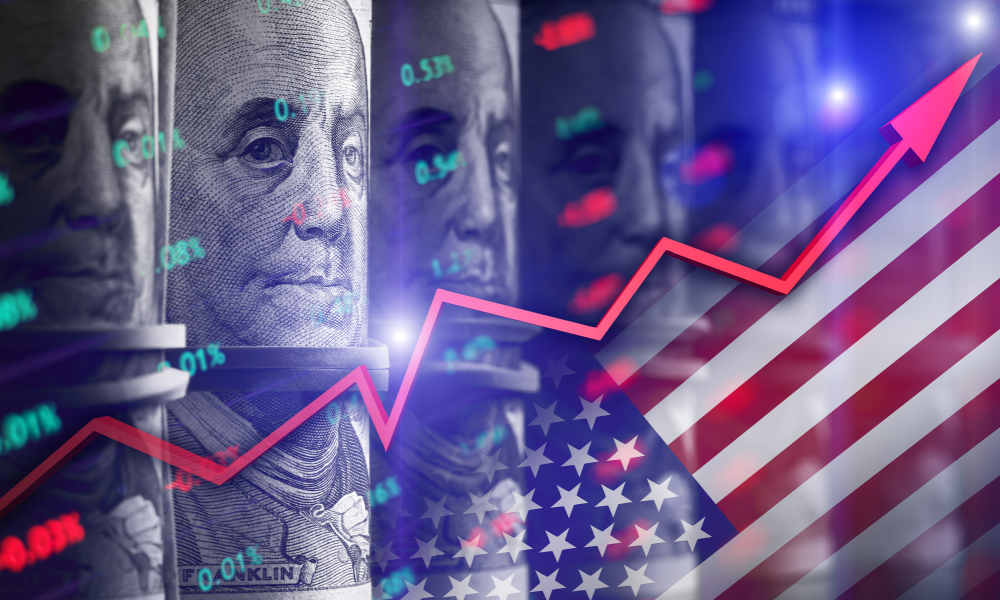What's next for the Fed?

Gross domestic product (GDP) in the US ticked upwards by 2.8% in the third quarter, reflecting the economy’s continuing resilience despite coming in slightly lower than economists had expected.
Initial estimates published by the government Wednesday showed that the economy’s Q3 growth was marginally below the 2.9% predicted by economists surveyed by Bloomberg, with consumer spending fueling its performance.
That measure was up by 3.7%, the fastest growth for over a year, as Bureau of Economic Analysis figures also showed a 2.2% jump in an influential gauge of underlying inflation.
Government spending on national defense also surged, accounting for 0.5% of the overall GDP increase – but the economy’s growth is expected to slow next quarter and throughout next year, according to Mortgage Bankers Association senior vice president and chief economist Mike Fratantoni.
In a note published shortly after the results were released, Fratantoni said the likely slowdown would probably soften the labor market and contribute to an increase in unemployment through next year.
Next week marks a highly significant week for the US economy, with Tuesday’s presidential election – a hotly-contested faceoff between current vice president Kamala Harris and former president Donald Trump – set to be followed a day later by a Federal Reserve announcement on interest rates.
Latest inflation measures, Fratantoni added, show “further progress” towards the Fed’s hoped-for landing spot, with no reason to believe the central bank will change course on its rate-cutting approach next Wednesday (November 6). “All in all, these data are in line with our forecast,” he said, “and we expect that the Federal Reserve will cut rates by 25 basis points at its meeting next week.”
Stay updated with the freshest mortgage news. Get exclusive interviews, breaking news, and industry events in your inbox, and always be the first to know by subscribing to our FREE daily newsletter.



